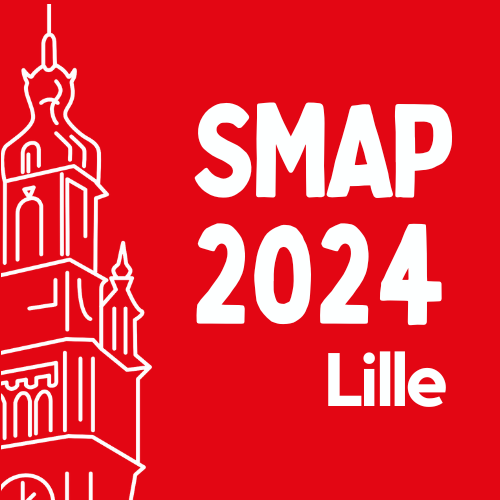
Session: Session 5
Use of quantitative proteomics strategies to characterize the proteome of subpopulations of glioma cells
The brain demonstrates several levels of plasticity, encompassing cellular, structural, and functional changes. This research forms part of a comprehensive study into these diverse types of plasticity, with a particular focus on their roles in the development of gliomas. Our goal is to enhance the diagnosis, prognosis, and treatment of these tumors by identifying new therapeutic targets.
A key question addressed in this study is the origin of the cellular heterogeneity within gliomas. Specifically, we aim to extensively characterize the proteome of subpopulations of cells within glioma cell lines following cell sorting. Therefore, we require a method of data acquisition that will provide the greatest depth of analysis. We compared processing biological samples coming from two cell populations using Data-Dependent Acquisition (DDA) and Data-Independent Acquisition (DIA) methods. After biochemical processing of the samples using STRAP digestion, peptides were analyzed using a RSLC-U300 nano coupled to an Exploris 480 mass spectrometer. We acquired samples with or without FAIMS interface.
Our primary goal was to answer a biological question, and we did identify proteins significantly dysregulated between the two cells populations we compared. Beyond that, this study allowed us to compare data obtained from complex biological samples with different quantitative strategies. We also used these data to improve and test several analysis tools and different post processing workflows.